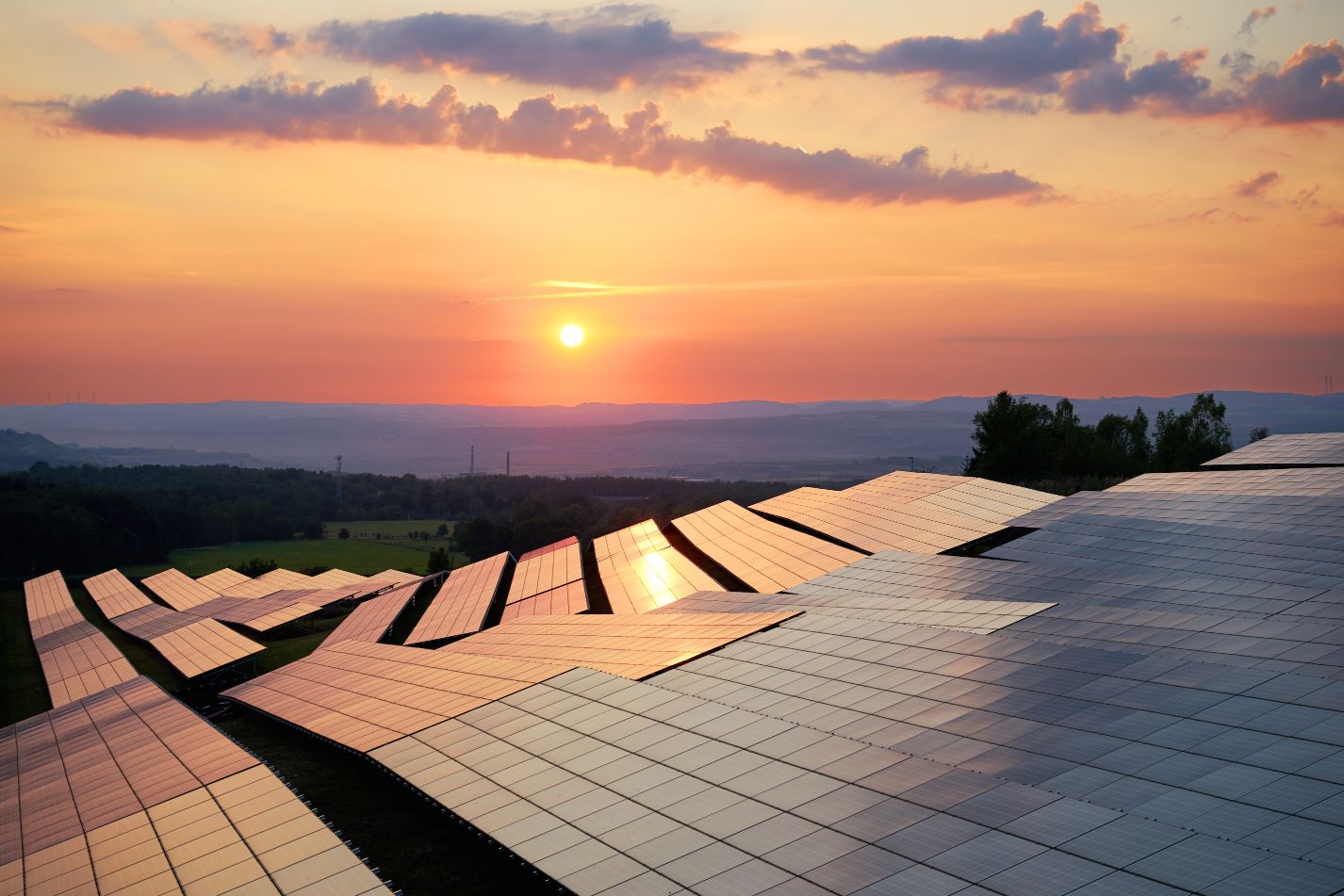How are businesses becoming 'greener'?
How are businesses becoming 'greener'?
Three businesses - each trying to help create a cleaner future by tackling their carbon footprint – will arrive at three entirely different sets of solutions that are right for them, as we found shortly before the outbreak of Covid-19.
In 2019, as the climate protests grew, Donald Moore and his team at Rowlinson Knitwear took a day out of the business to learn what they could do to become more carbon conscious.
The result was a quick move to install solar panels at their Stockport headquarters, enabling them to “produce more than we use” for 10 months of the year.
The company now also has seven electric or part electric company cars, and has installed LED lighting and motion sensors throughout its HQ. As a result, they have helped to cut electric usage by half.
Quentin Abel, managing director of APC Manchester, also wants his business to be a net exporter of energy back into Manchester’s grid. 
Following the installation of LED lights and new roof lights, which together have reduced the amount of power his business needs to light the inside of the unit, he’s planning to invest in battery storage.
“By putting fresh, decent units on the roof, it has allowed us to spend most of the year without needing lights on in the warehouse. You’d be astonished at the number of businesses who just accept their warehouse is dark and dingy.
“Because we combined both jobs, it was not so expensive to do. The payback period for this, instead of looking at five years, is more like seven. You could say, why do that? But it’s made a big difference to the working environment and investing in the future is important.”
For Matt Edgley, at Teledata, investment in energy efficient gains has equalled the amount spent each year on power.
After an extensive data gathering exercise, alongside support from the Business Growth Hub, the business was able to monitor and understand real-time power usage across the facility.
As a result, it has worked on the air conditioning plants and installed a new low loss transformer, with a voltage optimiser, and an energy storage system. Further projects, including a building management system, are also planned.
“We’ve invested £1m in all of these things; which when you compare to our turnover, reflects the level of the challenge we have got,” he says. “The amount of savings we can make almost make us positive on day one.
“While we have taken a risk, we are using less energy because of the voltage optimisation and the super low loss transformer. There are also potential revenues associated with storing energy, because the grid will actually pay you to shed load at certain times of day; and there is a trading market to export back.”
Clearly, the business environment has changed a lot in a short space of time since we had these conversations and these changes were made. However, there is a strong argument from many who want a green recovery to be at the heart of society’s attempt to build back better.
We want to hear your say on this. Do you think these changes are enough? And how do you think we at Electricity North West could support businesses better?
We are calling for those living or working in the north west to have their say on our future investment plans as part of our biggest ever customer engagement programme. Anybody interested in getting involved can visit www.pluggingin.co.uk for more details.